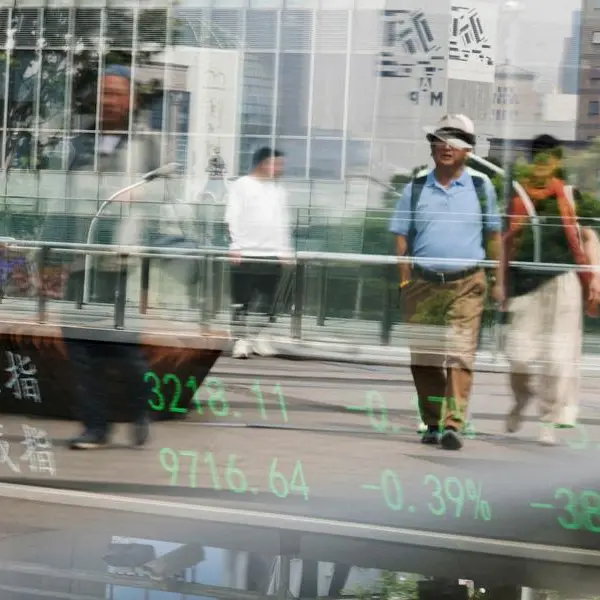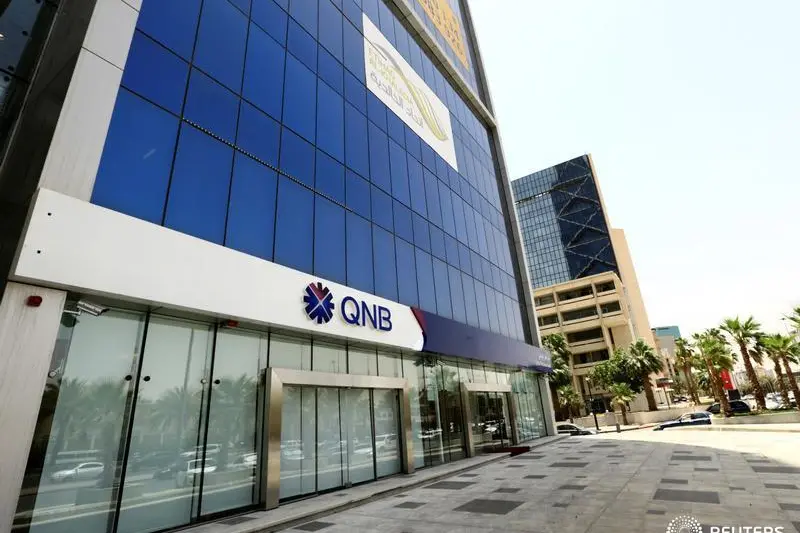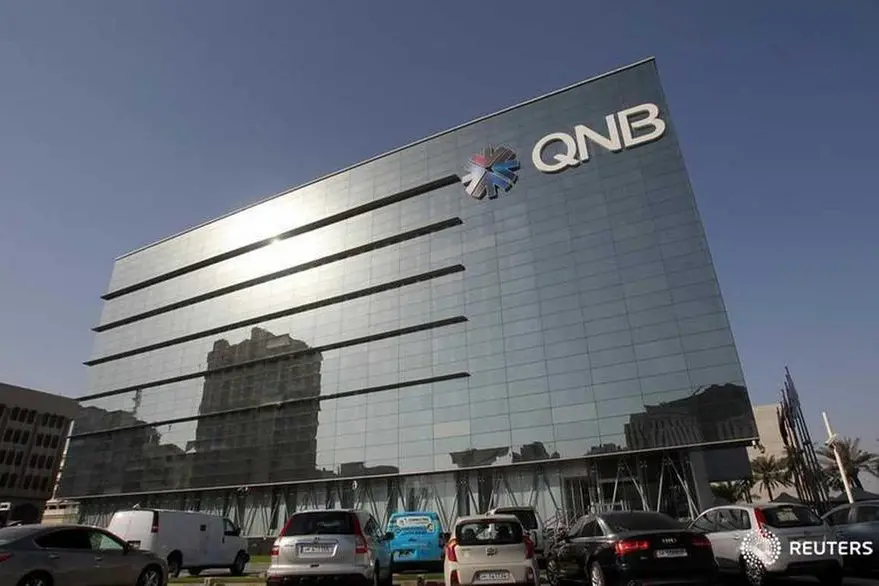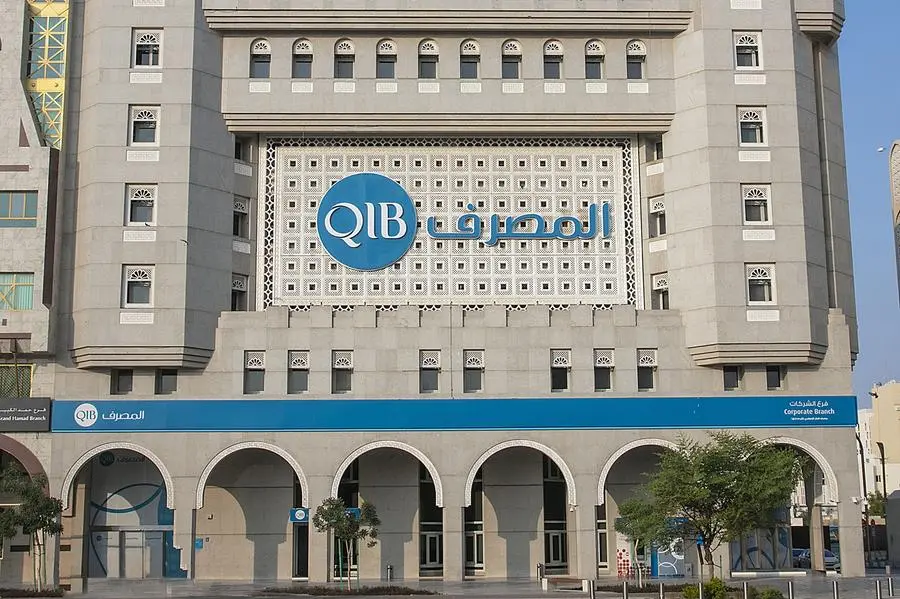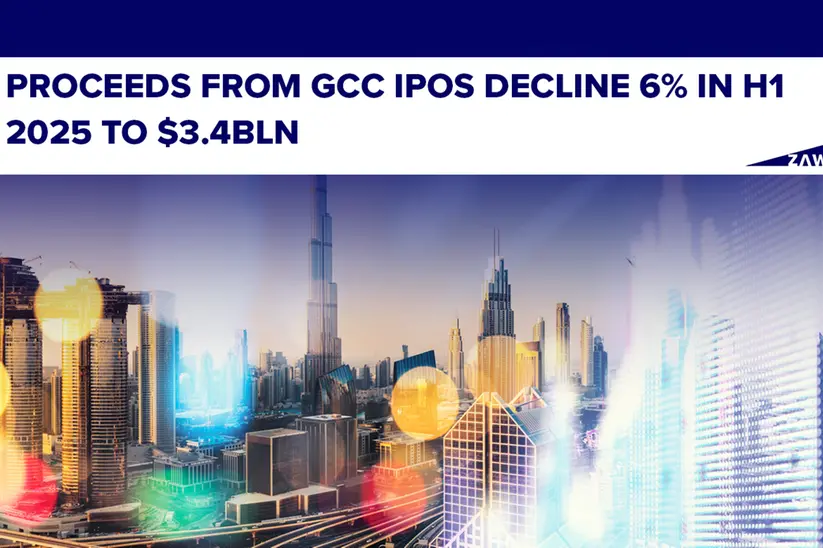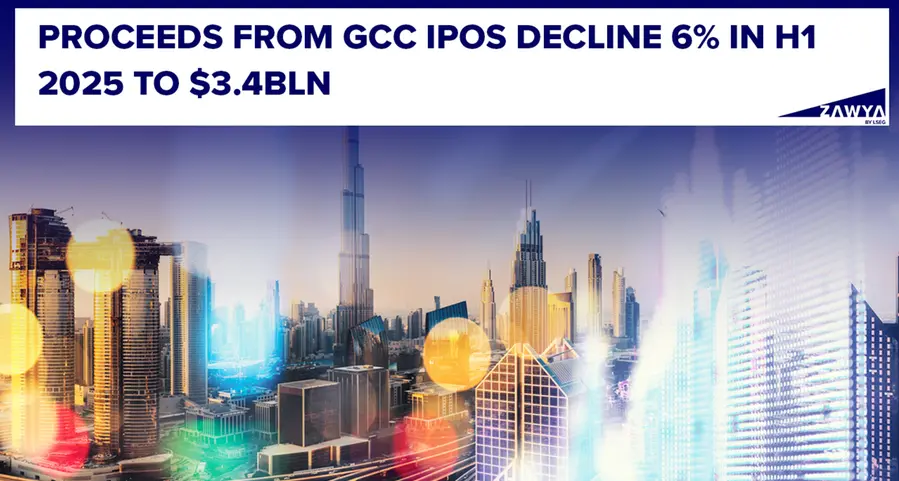The Philippine economy is expected to grow at a faster pace this year with the record-high employment and lower inflation likely to support consumption spending, according to First Metro Investment Corp. (FMIC) and University of Asia and the Pacific (UAandP) Capital Markets Research.
'We expect an acceleration of annual GDP (gross domestic product) growth to at least six percent in 2024 from 5.6 percent in 2023,' FMIC and UAandP said in the Market Call report for February.
The government set a 6.5 to 7.5 percent GDP growth target for this year.
FMIC and UAandP said the record-high employment and all-time low unemployment in December last year, as well as inflation, which is now within the Bangko Sentral ng Pilipinas (BSP) target, should boost consumer spending.
Total employment rose to 50.52 million in December last year from the previous high of 49.7 million in November.
The unemployment rate, meanwhile, fell to 3.1 percent in December last year from 3.6 percent in November.
Last month, headline inflation eased to 2.8 percent, the lowest in over three years, due mainly to slower food price upticks.
FMIC and UAandP said they expect inflation to average 3.2 percent in the first quarter and 3.8 percent for the year. These forecasts are within the BSP's two to four percent target.
'Moving forward, we don't think oil prices will deter the downward slide of inflation to within BSP target, since US Energy Information Administration projects a downward trend of crude oil price (WTI) from the over-estimated $80/bbl in February to $76.50 by December 2024 and $73.50/bbl by December 2025,' they said.
FMIC and UAandP also said they expect the El Niño phenomenon to end by May 2024, while assured imports from Vietnam in the first half should mitigate further increases in rice prices.
Aside from the positive employment figures and lower inflation, FMIC and UAandP said sustained infrastructure spending would support economic growth this year.
'Infrastructure spending shall continue to exceed five percent of GDP since lower debt-to-GDP to 59 percent provides same fiscal space,' the two institutions said.
FMIC and UAandP also said manufacturing, which is still pointing to expansion, is expected to accelerate from the 1.3 percent growth in 2022 and support faster economic growth this year.
They said the peso will remain challenged in the first semester as elevated US interest rates draw foreign funds into the US, while the Philippines will continue to post huge trade deficits like in 2022 and 2023.
In 2023, the country posted a $52.42 billion trade deficit, lower than the $57.65 billion in 2022 as both exports and imports declined year-on-year
Copyright © 2022 PhilSTAR Daily, Inc Provided by SyndiGate Media Inc. (Syndigate.info).

